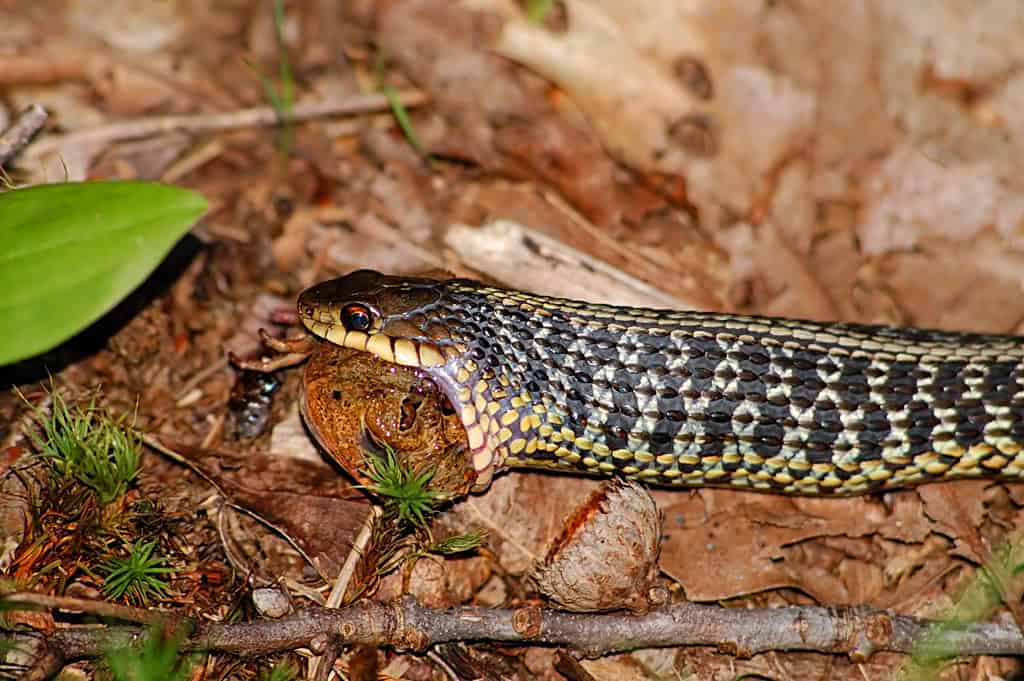Snakes often evoke fear or fascination, but beyond these emotional responses lies a critical truth: these remarkable reptiles are essential engineers of ecological balance. Throughout diverse habitats worldwide, from deserts to rainforests, snakes perform vital functions that maintain healthy ecosystems. As both predators and prey, they occupy crucial positions in food webs, influence population dynamics, and contribute to biodiversity conservation. Yet despite their ecological importance, snakes face numerous threats, including habitat loss, climate change, and persecution driven by misunderstanding. This article explores the multifaceted roles snakes play in sustaining balanced ecosystems, highlighting why their conservation is not merely beneficial but necessary for environmental health and, ultimately, human wellbeing.
Natural Pest Controllers: Snakes as Rodent Managers

One of the most significant ecological services snakes provide is natural pest control. Many snake species specialize in hunting rodents, consuming significant quantities of mice, rats, and other small mammals that might otherwise experience population explosions. A single rat snake can consume between 10-15 rodents per month, translating to approximately 100-180 rodents annually. This natural regulation helps prevent agricultural damage, reduces disease transmission, and maintains balanced ecosystems without chemical interventions.
The cascading benefits of this rodent control extend far beyond simple population management. By keeping rodent numbers in check, snakes indirectly protect crop yields, reduce stored food contamination, and limit the spread of rodent-borne diseases such as hantavirus, leptospirosis, and various tick-transmitted illnesses. Research conducted in Asia has demonstrated that regions with healthy snake populations experienced significantly lower crop damage from rodents compared to areas where snakes had been removed or depleted, highlighting their economic value to agricultural communities.
Prey and Predator: Snakes’ Dual Role in Food Webs
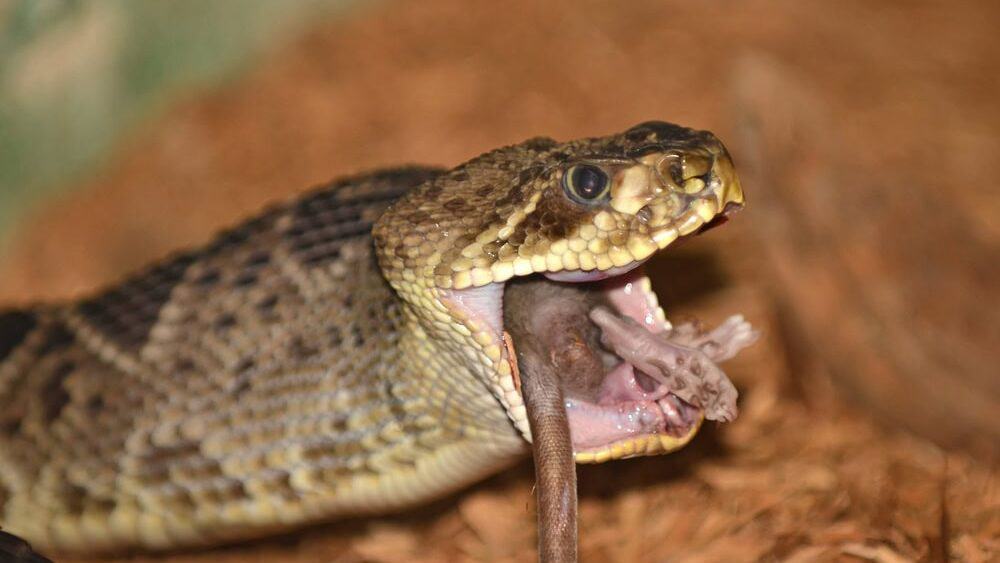
Snakes occupy a fascinating middle position in many food webs, functioning as both predators and prey. This dual role creates important linkages between trophic levels, transferring energy and nutrients throughout the ecosystem. As predators, different snake species target various prey—from insects and amphibians to birds and mammals—creating multiple pathways of energy flow. This versatility enables them to respond to changes in prey availability, helping stabilize ecological communities during environmental fluctuations.
Simultaneously, snakes serve as prey for numerous animals, including hawks, eagles, herons, mongooses, wild pigs, and larger snakes. This vulnerability to predation ensures that energy and nutrients continue cycling through the ecosystem. When snake populations decline, both their predators and the prey they would have controlled can experience disruptions, demonstrating how these reptiles help maintain the delicate balance within food webs. The interconnectedness they foster contributes significantly to ecosystem resilience and stability.
Specialized Hunting: Adaptive Predation Strategies
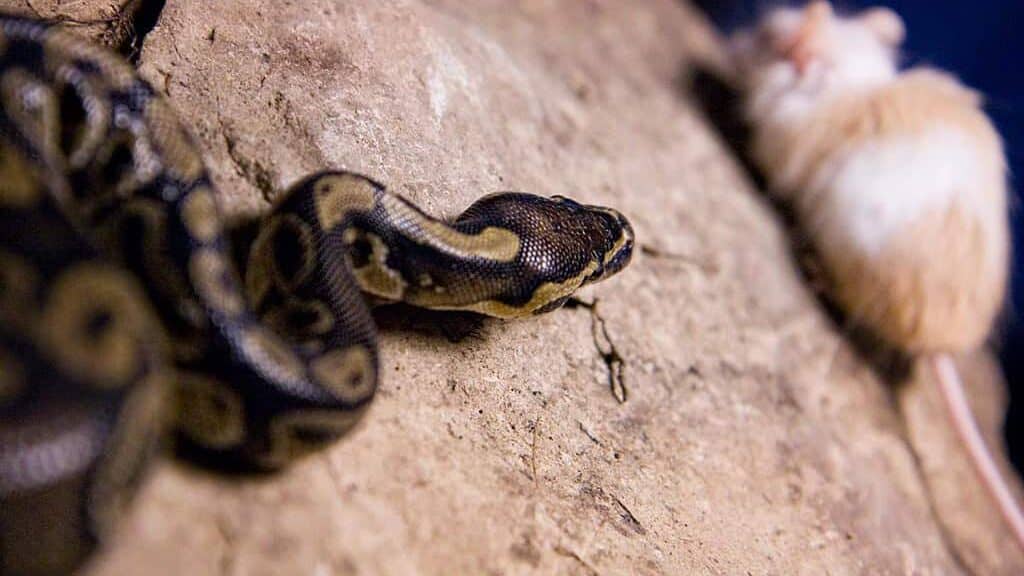
Snakes have evolved remarkably diverse hunting strategies that enable them to occupy specific ecological niches with minimal competition. This specialization allows different snake species to coexist while targeting distinct prey resources. Constrictors like pythons and boas physically overpower prey through powerful muscle contractions. Venomous species employ biochemical weapons ranging from neurotoxins to hemotoxins. Others, like egg-eating snakes, have developed specialized anatomy to consume whole eggs, while some aquatic species have evolved pressure-sensitive organs to detect fish movements in murky waters.
This predatory specialization creates a complex mosaic of ecological interactions. By targeting different prey species or age classes, snakes help prevent any single prey species from dominating the ecosystem. For example, some snakes specialize in hunting amphibians in wetland environments, others focus on burrowing animals in subterranean habitats, while others primarily target birds’ eggs in arboreal settings. This diversification of predation pressure contributes to maintaining biodiversity and preventing ecological imbalances that might occur if certain prey populations grew unchecked.
Seed Dispersal: Indirect Contributions to Plant Diversity
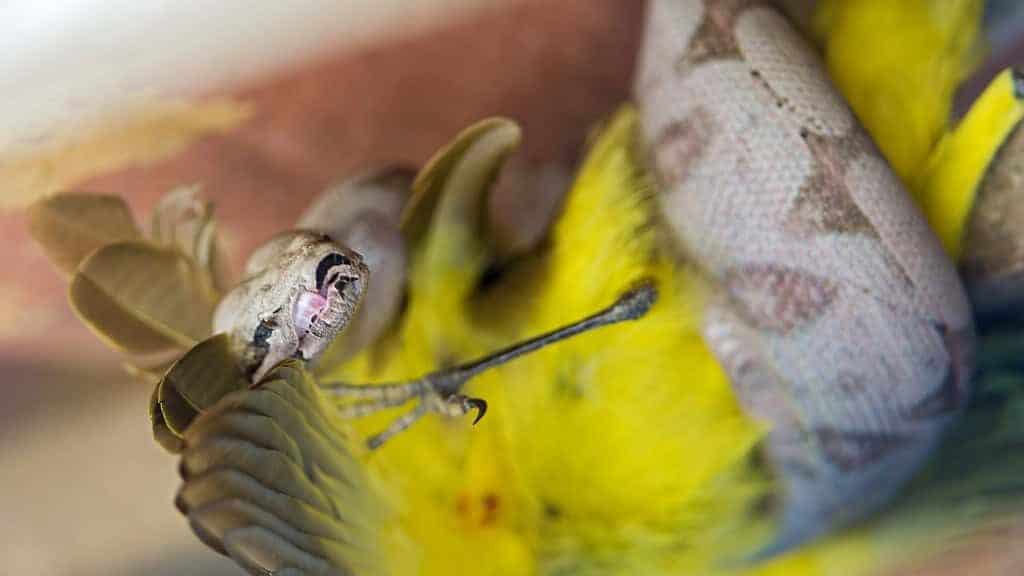
Though snakes themselves don’t consume plants, they make surprising contributions to seed dispersal and plant diversity through indirect pathways. When snakes consume frugivorous (fruit-eating) animals like birds, rodents, and some reptiles, the seeds these prey animals have ingested often remain viable in the snake’s digestive tract. Research has documented viable seeds recovered from snake feces, demonstrating their role as secondary seed dispersers—a process known as diplochory. This mechanism can transport seeds to new locations, potentially aiding plant colonization and genetic diversity.
Additionally, snakes influence plant communities by controlling herbivore populations. By regulating rodents and other plant-eating animals, they indirectly protect seedlings and vegetation from overgrazing. Studies in tropical forests have shown that areas with depleted snake populations often experience higher seedling mortality due to increased herbivore pressure. This relationship between snakes, their prey, and plant communities illustrates the complex, often overlooked connections that maintain ecological balance. Even as carnivores, snakes play subtle but important roles in shaping plant diversity and distribution.
Habitat Engineers: Creating Microhabitats
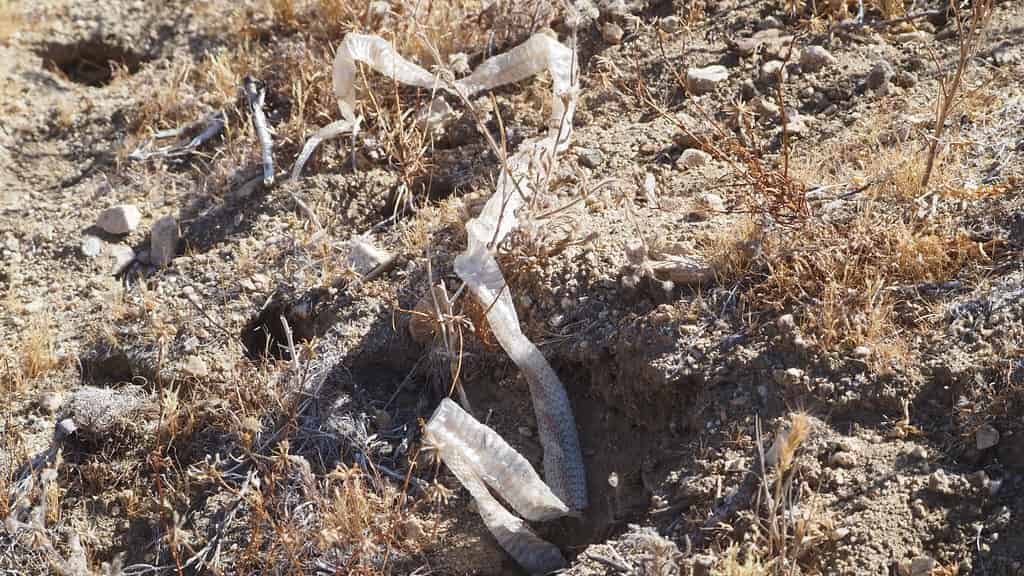
Several snake species function as ecosystem engineers by creating, modifying, or maintaining microhabitats that benefit numerous other organisms. Large constrictors like pythons and boas, when shedding their skin, leave behind substantial organic material that enriches soil and provides resources for decomposers. In arid environments, snake burrows create critical refuge spaces used by insects, small mammals, and other reptiles seeking shelter from extreme temperatures or predators. These underground networks increase soil aeration, improve water penetration, and create temperature-moderated microenvironments.
The ecological value of these snake-created habitats becomes particularly evident in harsh environments. In desert ecosystems, abandoned snake burrows often become biodiversity hotspots, supporting communities of organisms that couldn’t otherwise survive the extreme conditions. Similarly, in wetland areas, water snakes’ movements through dense vegetation create small channels that facilitate water flow and provide travel corridors for aquatic organisms. These ecosystem engineering activities demonstrate how snakes physically alter their environments in ways that enhance habitat complexity and support biodiversity beyond their predatory roles.
Disease Control: Limiting Vector Populations
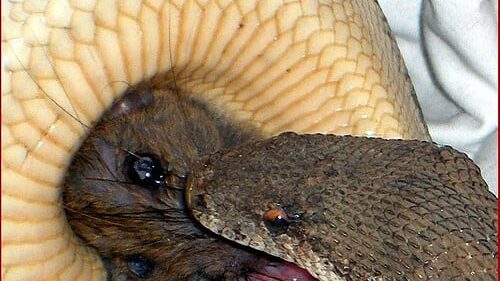
Snakes contribute significantly to public health by controlling populations of disease vectors. Many snake species prey on rodents that serve as reservoirs for zoonotic diseases—illnesses that can be transmitted from animals to humans. The World Health Organization recognizes rodents as carriers of over 35 diseases, including plague, leptospirosis, hantavirus, and various hemorrhagic fevers. By maintaining healthy predator-prey relationships with these disease vectors, snakes help reduce human exposure to potential pathogens.
This disease control function extends beyond rodents. Some snake species consume significant numbers of ticks and insects that may act as vectors for diseases like Lyme disease, malaria, and dengue fever. Research in areas with intact snake populations has documented lower incidence of certain vector-borne diseases compared to similar environments where snake populations have declined. This natural biological control mechanism provides a sustainable approach to disease management that doesn’t rely on chemical interventions, highlighting another dimension of snakes’ ecological value that directly benefits human communities.
Indicator Species: Snakes as Environmental Barometers
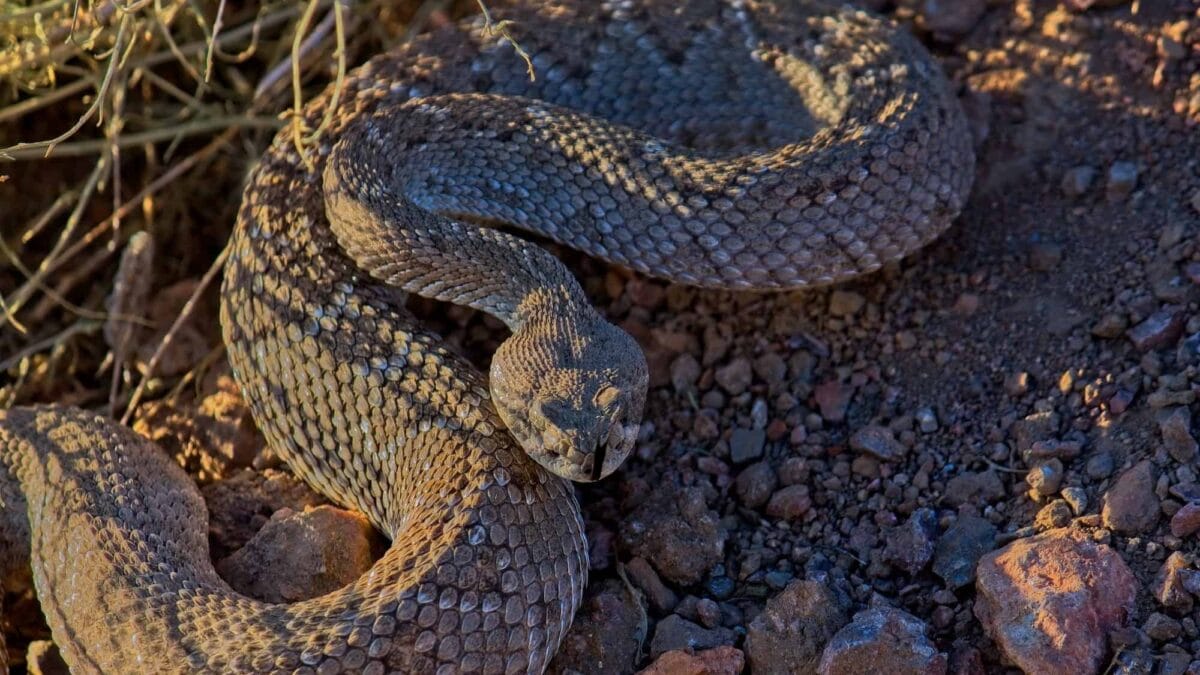
Ecologists increasingly recognize snakes as valuable bioindicator species—organisms whose presence, absence, or condition reflects environmental health. As ectothermic animals with permeable skin, snakes are particularly sensitive to environmental changes, including pollution, habitat fragmentation, and climate shifts. Their position as middle-order predators makes them vulnerable to bioaccumulation of toxins, where chemicals become concentrated up the food chain. Monitoring snake populations can therefore provide early warning signs of ecosystem disturbance before effects become widespread.
Several studies have demonstrated snakes’ effectiveness as environmental indicators. Research on water snakes in the Great Lakes region revealed how mercury and PCB contamination in aquatic ecosystems manifested in snake tissues, providing valuable data on pollution levels. Similarly, declining rattlesnake populations in previously stable habitats have alerted conservationists to subtle environmental changes before they affected more visible species. By serving as living barometers of ecosystem health, snakes help scientists identify environmental threats and implement protective measures before irreversible damage occurs.
Threats to Snake Populations: Ecological Consequences

Despite their ecological importance, snake populations face unprecedented threats globally. Habitat destruction remains the primary challenge, with agricultural expansion, urban development, and infrastructure projects fragmenting and eliminating critical snake habitats. Climate change introduces additional stressors through altered temperature patterns that disrupt breeding cycles, hibernation periods, and prey availability. Road mortality claims millions of snakes annually, while intentional persecution driven by fear and misunderstanding further reduces populations. The illegal wildlife trade targets many species for their skins, as pets, or for traditional medicines.
The ecological consequences of snake declines ripple throughout ecosystems. Studies documenting snake population crashes have observed subsequent rodent explosions, increased crop damage, and elevated incidence of certain diseases. In Thailand, researchers found that agricultural areas experiencing snake declines suffered 30% higher crop losses due to rodent damage. Similarly, regions in India with depleted snake populations reported increased rodent-borne disease transmission to humans. These findings demonstrate the tangible consequences of losing snake populations and highlight the urgency of conservation efforts to maintain their ecological functions.
Venom: From Ecological Weapon to Medical Resource
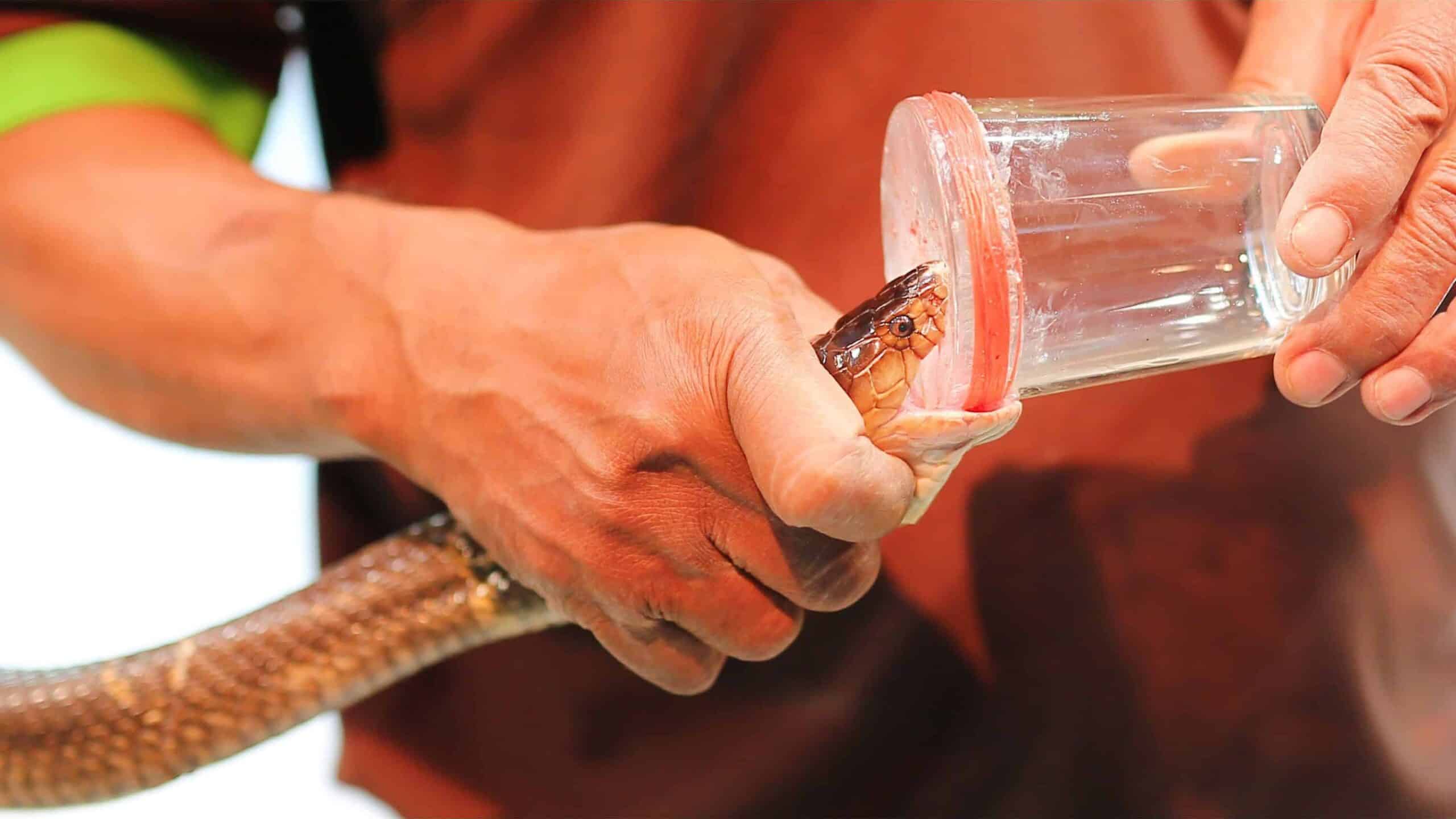
Snake venom represents one of evolution’s most sophisticated biochemical adaptations, serving both ecological and potentially human benefits. In natural settings, venom functions as a highly specialized hunting tool, enabling snakes to subdue prey much larger than themselves while minimizing personal risk during predation. The remarkable diversity of venom compositions—neurotoxins, hemotoxins, cytotoxins, and more—reflects evolutionary adaptations to different prey types and ecological niches. This diversity enables various snake species to partition resources and fulfill distinct ecological roles.
Beyond their ecological function, snake venoms have emerged as invaluable resources for medical research and pharmaceutical development. Medications derived from snake venom components include treatments for hypertension, heart attacks, blood clots, and chronic pain. The ACE inhibitors used by millions of hypertension patients worldwide were developed based on peptides discovered in pit viper venom. Currently, researchers are investigating venom components as potential treatments for cancer, Alzheimer’s disease, and Parkinson’s disease. This medical value provides an additional argument for snake conservation: protecting these species preserves not only their ecological contributions but also their potential to advance human medicine.
Cultural Perspectives: Changing Human-Snake Relationships

Human attitudes toward snakes vary dramatically across cultures and have profound implications for conservation efforts. Throughout history, snakes have been worshipped as deities, revered as symbols of wisdom and healing, or feared as embodiments of evil. These cultural perspectives significantly influence conservation outcomes. In regions where snakes hold religious or cultural significance, such as parts of India where cobras are associated with deities, local communities may actively protect snake populations. Conversely, in areas where negative perceptions dominate, persecution remains common despite legal protections.
Education initiatives that address cultural fears while highlighting snakes’ ecological benefits have shown promising results in shifting attitudes. Community-based conservation programs in Africa, Asia, and Latin America have successfully reduced snake killings by combining scientific education with cultural context. For example, the Irula tribe in southern India has transitioned from snake hunting to sustainable venom collection for antivenom production, creating economic incentives for conservation. These examples demonstrate how understanding and working within cultural frameworks can transform human-snake relationships from conflict to coexistence, benefiting both ecological systems and human communities.
Conservation Strategies: Protecting Snakes and Their Habitats

Effective snake conservation requires multi-faceted approaches addressing both direct threats to snake populations and broader ecosystem protection. Habitat preservation stands as the cornerstone of these efforts, with protected area designation and corridor creation helping maintain connected populations. Legal frameworks, including international agreements like CITES (Convention on International Trade in Endangered Species), provide essential protection for vulnerable species threatened by commercial exploitation. Within these protected landscapes, targeted management practices such as maintaining diverse vegetation structure and preserving key features like rock outcrops can enhance habitat suitability.
Community engagement represents another critical dimension of successful conservation. Programs that provide alternative livelihoods to snake hunters, establish sustainable harvesting protocols, or create economic incentives for protection have shown promising results. Educational initiatives that reduce fear-based killing by teaching safe coexistence strategies have successfully reduced persecution in multiple regions. Technological innovations, including wildlife-friendly road designs with under-road tunnels and drift fences, help reduce road mortality. These diverse approaches, when implemented in culturally appropriate and scientifically sound ways, can secure the future of snake populations and their vital ecological functions.
Snakes stand as indispensable components of functioning ecosystems, performing ecological services that cannot be easily replaced or replicated. From controlling rodent populations and balancing food webs to influencing plant communities and serving as environmental indicators, their contributions extend far beyond their often misunderstood reputation. The evidence clearly demonstrates that ecosystems suffering snake declines experience cascading effects that diminish overall health and resilience. As we navigate growing environmental challenges, including climate change and biodiversity loss, protecting these ecological regulators becomes increasingly urgent for maintaining balanced, functional natural systems. By shifting perspectives from fear to appreciation, implementing effective conservation strategies, and recognizing snakes’ intrinsic and instrumental value, we can ensure these remarkable reptiles continue their essential work in balancing local ecosystems for generations to come.
- The Role of Snakes in Balancing Local Ecosystems - August 11, 2025
- The Fastest Striking Snakes in the World - August 11, 2025
- 10 Wild Creatures That Are Thriving in Unexpected Places Across America - August 11, 2025

